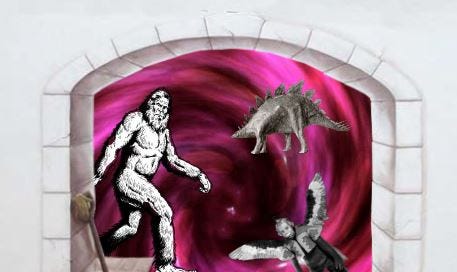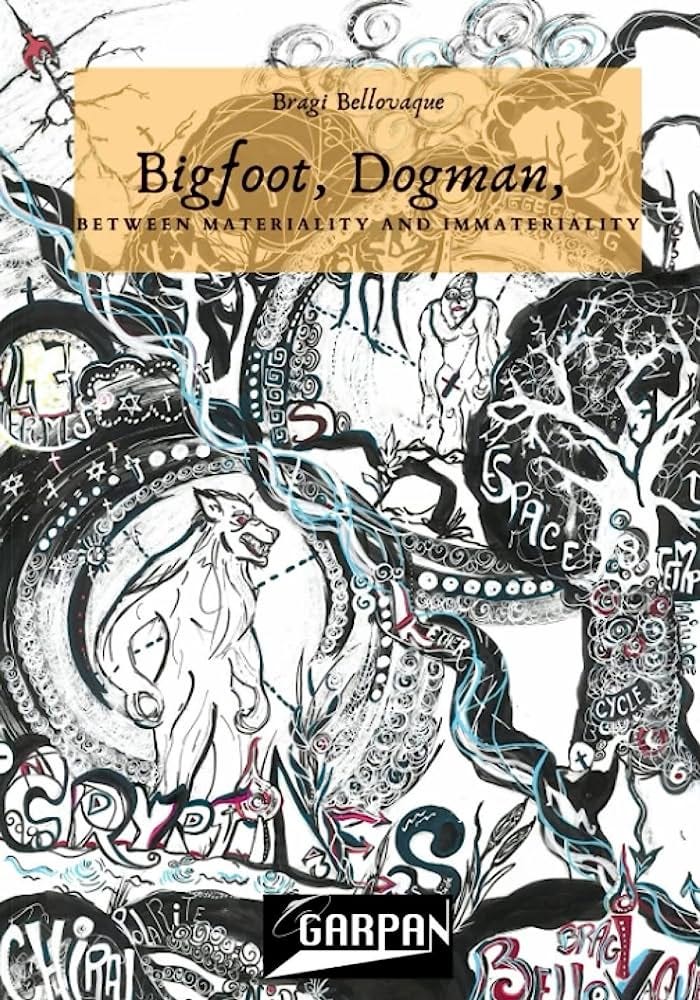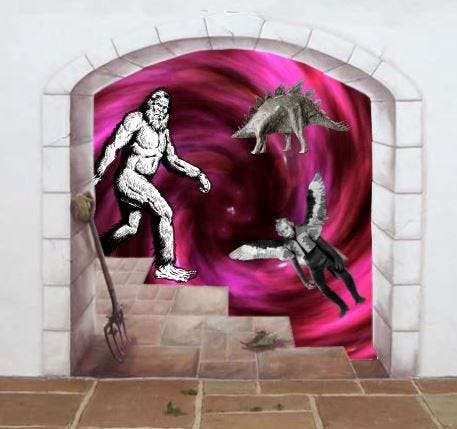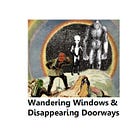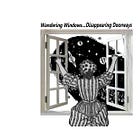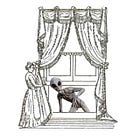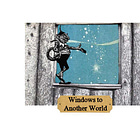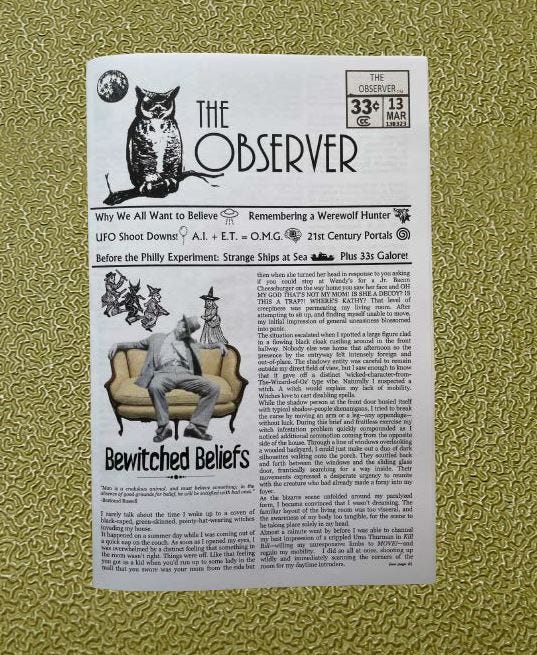Closing Doors and Shuttering Windows
A French perspective and final ruminations about portal-places
Our final perspective on portals comes from French agricultural engineer turned paranormal investigator, Bragi Bellovaque. In the English translation of his book, Bigfoot, Dogman, Between Materiality and Immateriality (2022), anomalous hairy cryptids exist in an invisible realm “straddling materiality and immateriality, stuck between two dimensions.” He lyrically describes them as “subtle fauna which, sometimes, can appear fleetingly on our dense plane of reality.” But Bragi aims to put all poetry aside and approach the subject “according to scientific criteria.” Does he pull it off?
He explains that our world is situated “at a crossroads, between materialization and dematerialization of consciousness.” Existence is a series of planes and sub-planes that are distinguished from one another by the consistency of matter present in each. As matter traverses the spectrum, its density changes based on its “vibratory state.” On certain levels, it only occurs in an etheric form, but Bellovaque reveals how some entities can slow their vibrations and “increase in density,” allowing them to materialize into our physical world.
Following in the footsteps of prior portal professors, Bellovaque establishes a link between an area’s ecosystem and the regular appearance of bipedal cryptids. He notes how the presence of minerals, water, and specific types of soil can create an atmosphere where ephemeral chimeras become physical in our dimension. Humid forests in cooler regions make ideal climates; so do coniferous, wet areas with high rainfall and water tables. He sums it up this way: “Nature therefore offers the possibility for all of these subtle phenomena to arise in our own reality, under certain cumulative conditions.”
Bragi claims natural processes could be the reason these creatures seem to reappear in predictable places time and again, correlating their sightings with areas rich in podzolic soils (formed from rocks with a high quartz content) and hydromorphic soils (saturated by water). He suggests that liquid in the ground interacts with quartz particles in the soil to produce an oscillating effect that adds a high degree of electrical conductivity to the landscape. The resulting vibrations generate an electromagnetic field with the power to “stabilize” an etheric entity. This resonant atmosphere serves as a “bridge of entry for unexplained phenomena on our dense physical plane.”
Bellovaque ultimately blames humans for an increase in portal propagation. He cites our impact on the soil and environment via farming, construction, and pollution as actions that “lower the barriers of certain subtle and dark worlds.” If true, we may want to prioritize our ecological rehab efforts in areas with the most active window areas.
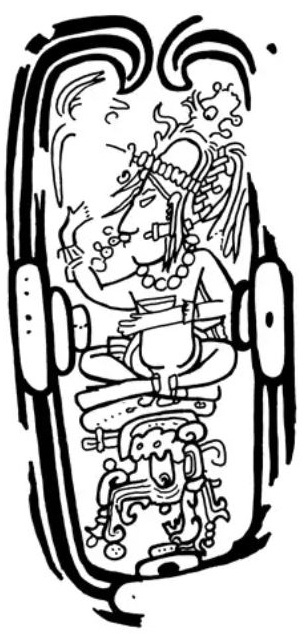
Conclusions
When reflecting upon the mysterious regions of reduced binding he spent decades studying, UFO investigator Wilbert Smith admitted he wasn’t sure if they “move about or just fade away.” He could only conclude that they were fleeting and rare: “When we looked for several of them after three or four months we could find no trace of them.”
After years of research on the topic of portal-places and interdimensional vortices, we aren’t any closer than Wilbert was to understanding whether we’re dealing with wandering windows that “move about,” or disappearing doorways that “fade away.”
Despite a recent trend portraying them as sacred spots where intelligent dark matter connects man with a larger cosmic existence, portentous portals à la the Bermuda Triangle are making a comeback.
David Paulides’ Missing 411 ‘victims’ often vanish near areas of geophysical abnormality. Clusters tend to occur near lakes and rivers, or around the time of large storms that bring precipitation. Perhaps Bellovaque’s hypothesis is correct and these water sources are reacting with the soil to open avenues for supernatural abduction— trapping victims in “parallel realities from which humanoid cryptids emerge.”
Questions remain. How are these entrances opened? Why do unusual creatures emerge regularly in these locations? Are they the result of poorly-understood geophysical processes? Or is someone setting pies on interdimensional windowsills to attract visitors from other realities? Broad, vague explanations won’t lead to worthwhile answers. Suggesting that the presence of water or specific rocks can somehow trigger a tear in our space time continuum is circumstantial at best and misleading at worst.
Quantum science is highly theoretical and difficult to understand. This can be an advantage to authors who employ its trappings to explain how paranormal portals work. It’s easy to hide behind ten-dollar words and untestable hypotheses. Dr. Simeon Hein hits on this theme when he suggests that the best way to diminish the subject’s stigma is to “reframe these topics in the language of something that is at least remotely scientific and familiar.”
Are these explanations merely attempts to drape Fortean mysteries in the robe of science? For decades researchers have expressed consistent opinions about portal-places. It could be a sign that they’re onto something. It might also mean that they’re stuck rehashing tired theories about particle physics because those were the ideas found in the pages of their predecessors. Maybe we should consider the words of Lord Kelvin who warned that “we must not heap theory on theory, dream upon dream.” Taking his own advice, Kelvin eventually abandoned his Vortex Theory of Matter after failing to produce solid evidence for its existence.
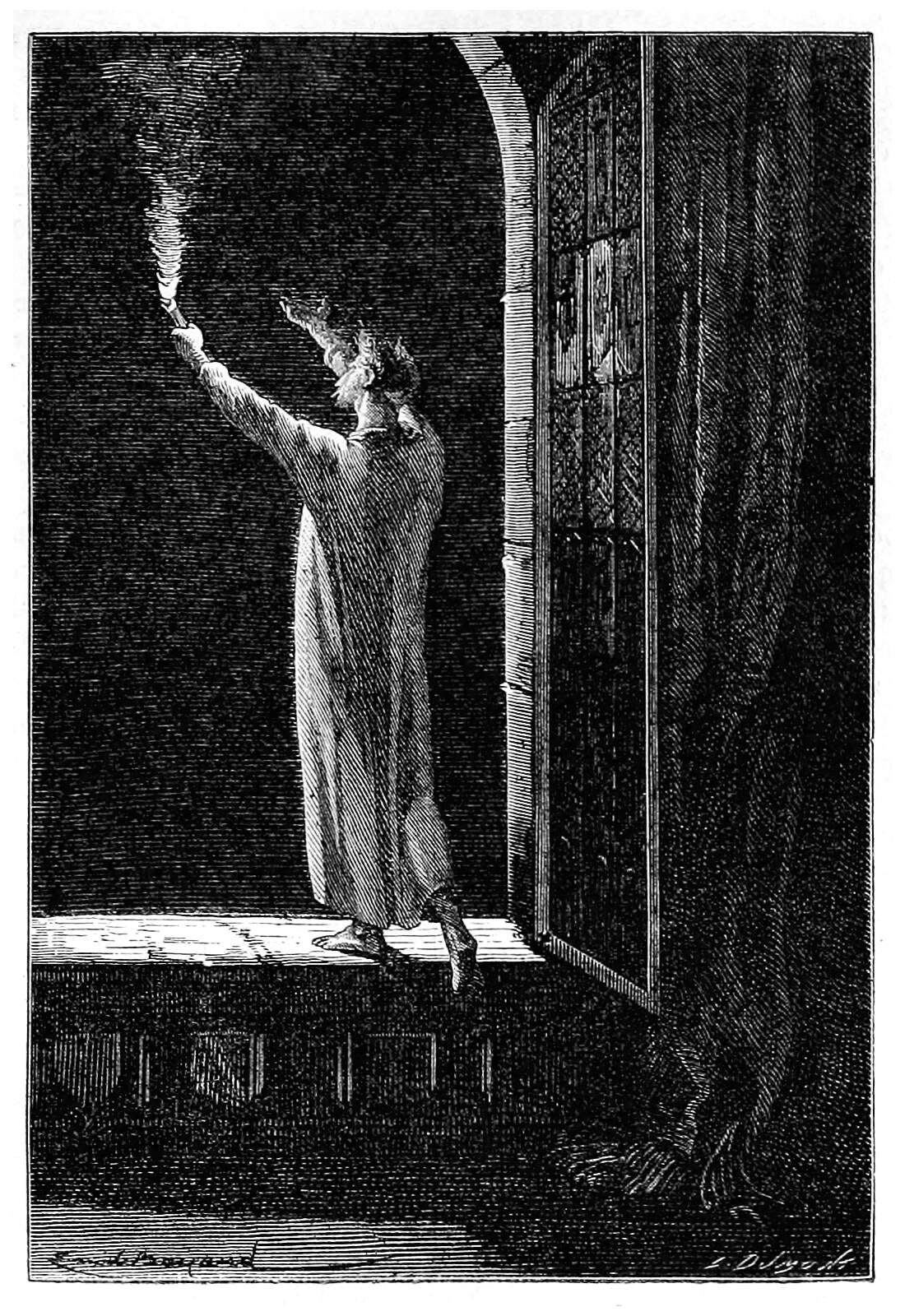
The word “portal” comes from the Latin porta, meaning “city gate, door.” Unlike windows, which are transparent and let light through, doors are opaque and designed to keep things out. Instead of opening pathways between worlds, portals can act as barriers between the known and unknown.
Paranormal investigator John Keel described the creatures lurking on the other side as “our next-door neighbors.” Until we understand their intentions, it might be a good idea to keep our doors locked—no matter how nice the neighborhood seems.
Prior entries of this series:


